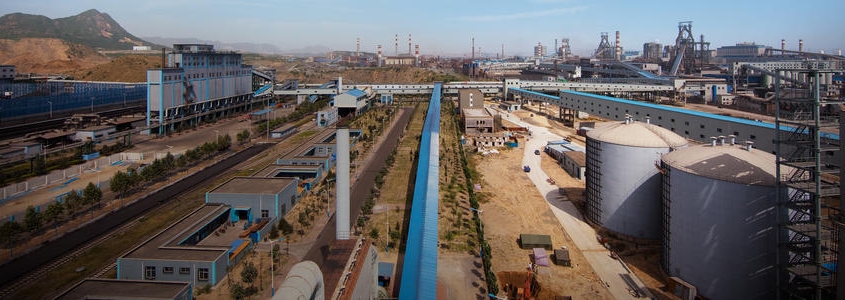In addition to organic matter, sludge usually contains 20% to 30% of inorganic matter, mainly calcium, silicon, iron, and aluminum. The construction of sludge is an effective method to make full use of inorganic matter in sludge.
In 1997, a company produced high-strength cement using sewage sludge and waste incineration fly ash as the main raw materials, and built the world’s first ecological cement plant. It also studied the use of dewatered sludge produced by urban sewage treatment plants as Raw material manufacturing cement technology. About 60% of its raw materials are waste materials, and the roasting temperature is 1000 ~ 1200 ℃, so the fuel consumption and CO2 emissions are also low, which is conducive to the reduction, harmlessness and resource utilization of municipal waste. Called “environment-friendly cement”. When burning cement with sludge, there is no need to pretreat the sludge, and at the same time, all organic matter can be decomposed and removed at high temperature without secondary pollution such as nitrogen oxides, soot and so on. Therefore, using sludge for burning cement is also an effective comprehensive utilization method.



